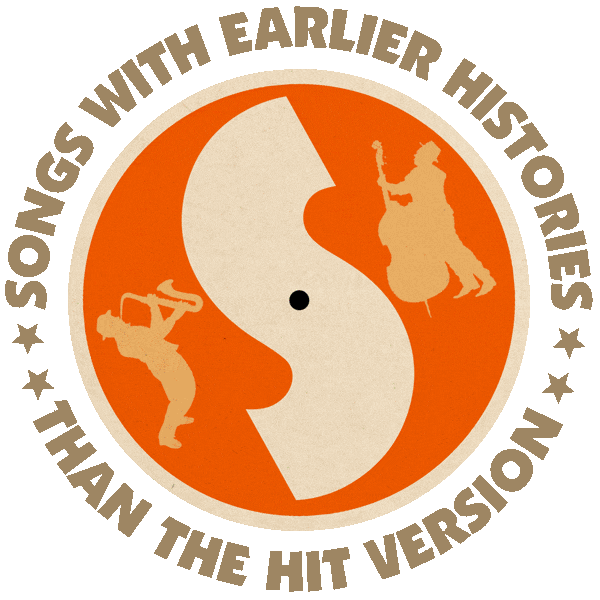Co-written and first recorded by Bill Champlin (1979 unreleased).
Hit version by Earth, Wind & Fire (1979).
Also recorded by Airplay (1980).
[Bill Champlin video is not currently available]
From the wiki: “‘After the Love Has Gone’ was written by David Foster, Jay Graydon and Bill Champlin. Champlin was the first to record the song (produced by Foster) but the recording went unreleased. Airplay, the recording group formed by Foster and Graydon, did produce and release a cover of ‘After the Love’ in 1980 with Graydon singing lead. Graydon tells the story (from Songfacts.com) of how the song came into being: ‘David Foster produced an album for Jaye P. Morgan in 1976 … Then he was at Motown playing some songs with Jaye to try to get a deal over there. He was in the middle of playing a song and he forgot the chorus, and he ad-libbed the chorus to ‘After The Love Has Gone.’
“‘He comes over to my house, and we went into my little dinky studio. He sits down at the piano, and he says, ‘Listen to this chorus.’ He plays it, and I said, ‘Hey, here’s an idea for a verse.’ And I went, ‘da da dom da da bom ba da da da.’ And he just immediately continued on with that, and we had the whole song written in about a 1/2-hour or 45-minutes.
Read more →

